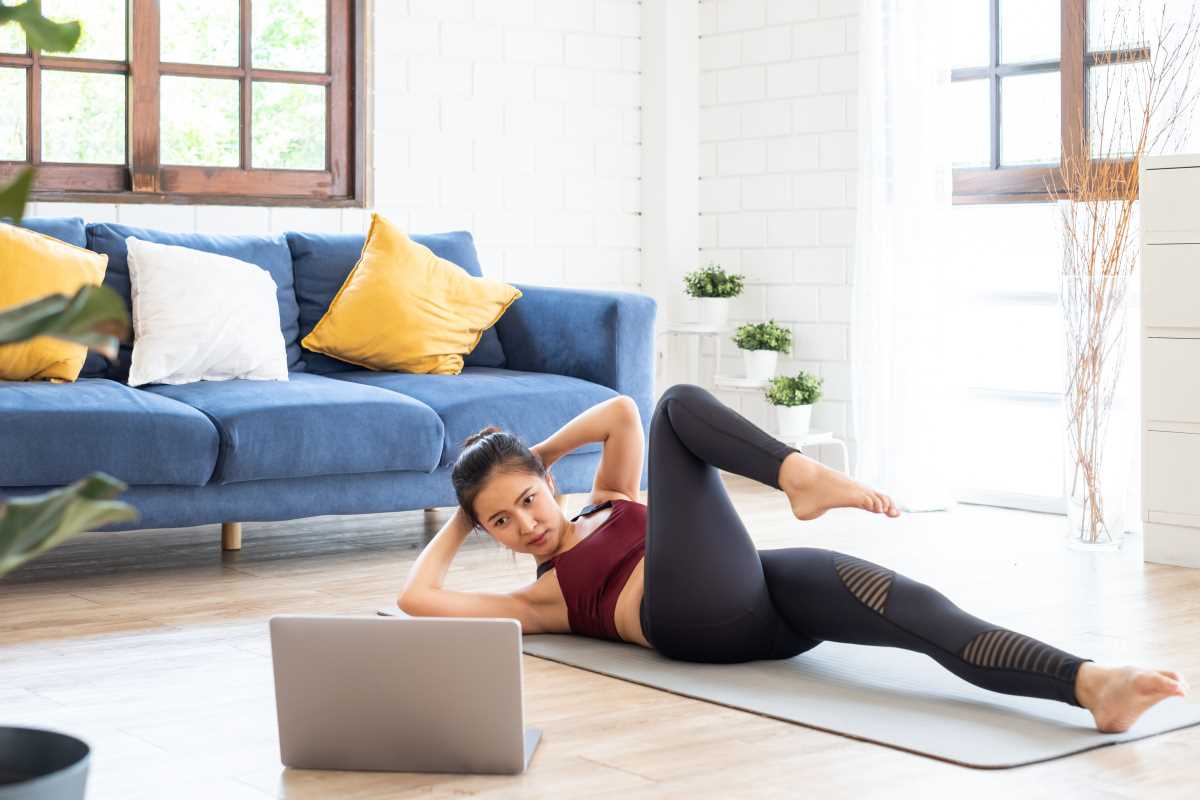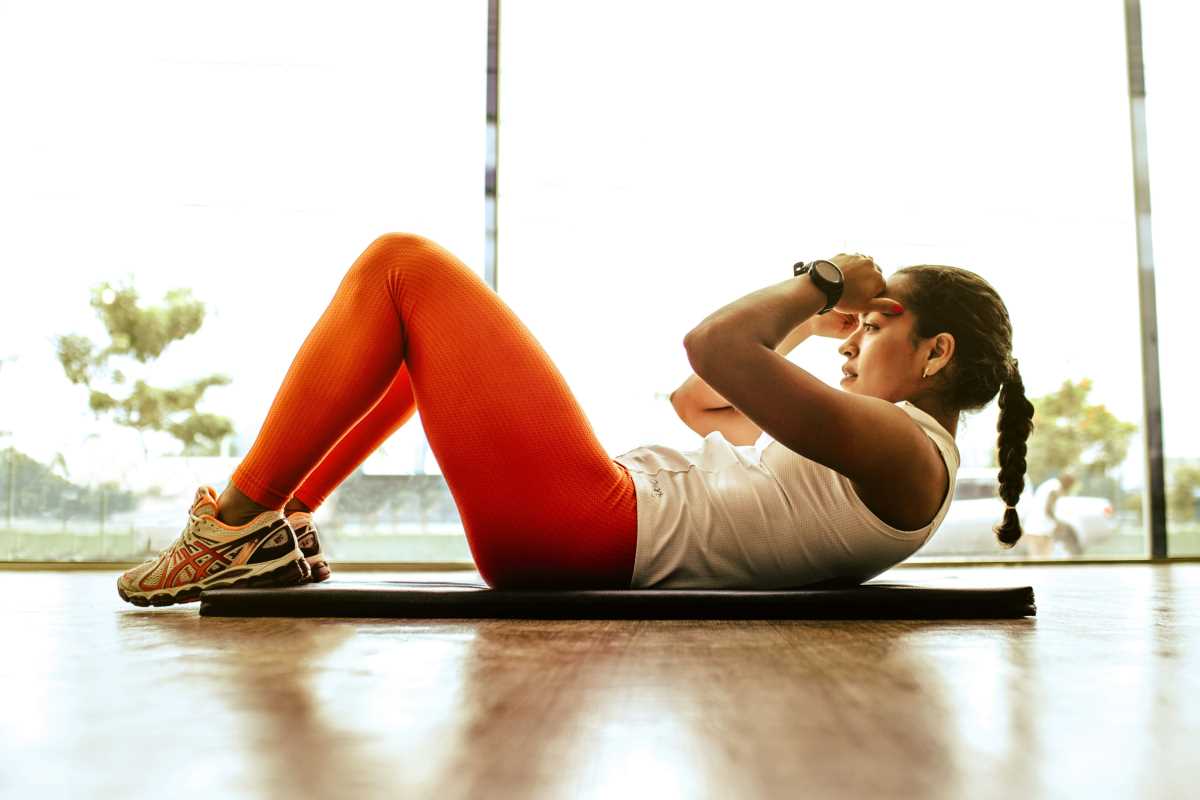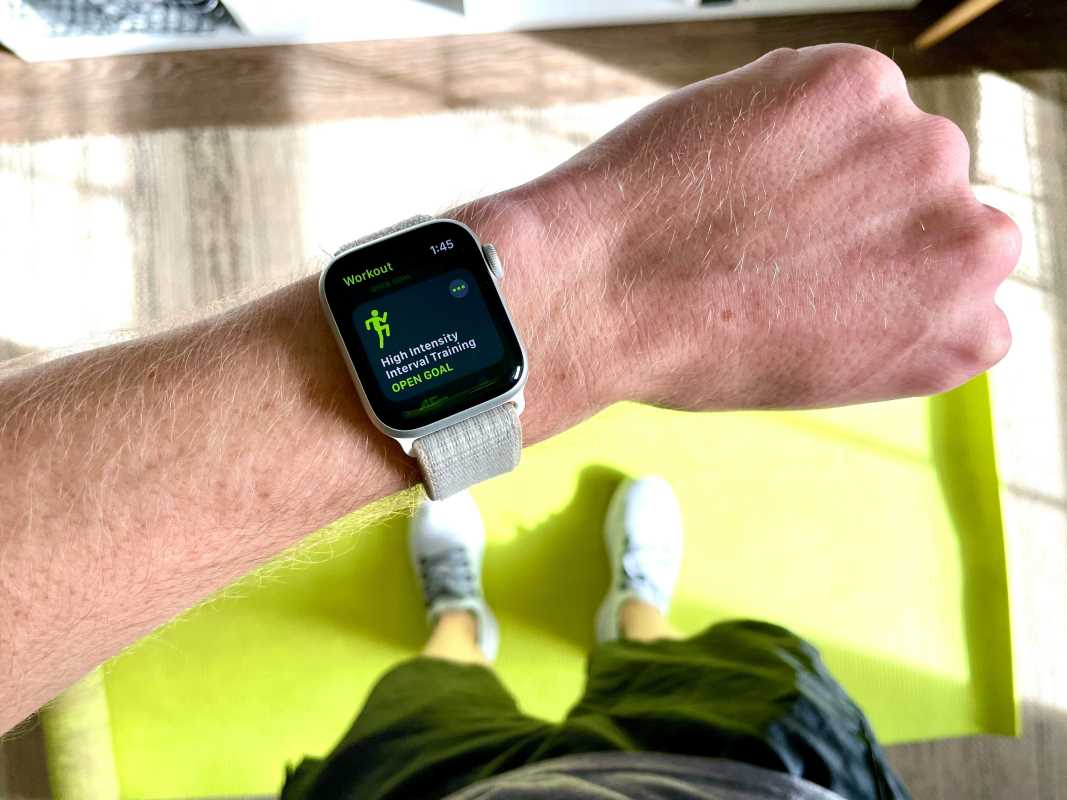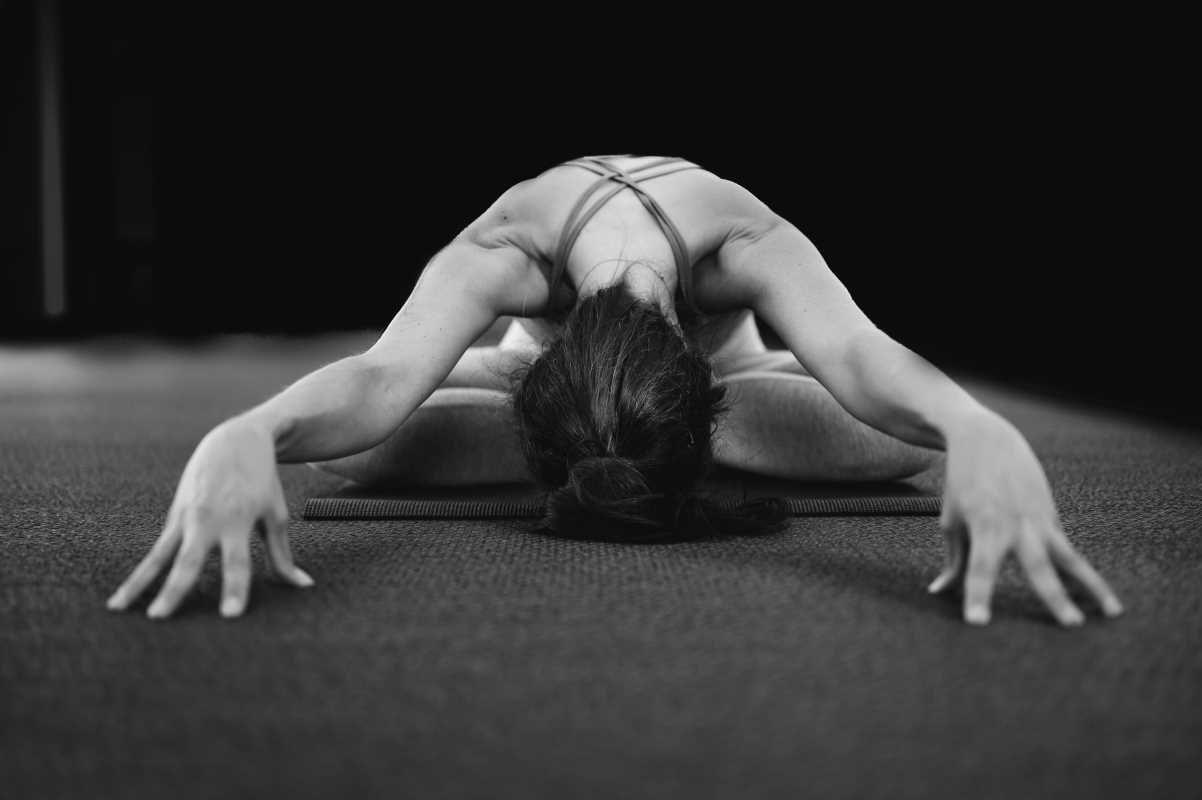Finding time to go to the gym can feel impossible. Between work, school, and your social life, dedicating an hour or more to exercise often falls to the bottom of the to-do list. The good news is that you don't need a lot of time or fancy equipment to build a great fitness habit. A consistent, daily 20-minute workout routine at home can make a huge difference in your energy levels, strength, and overall health. The key is to have a simple, effective plan you can stick with.
Why 20 Minutes is a Game Changer
It's easy to think that for a workout to be effective, it needs to be long and grueling. That's a common misconception that stops many people from even starting. Consistency is far more important than intensity or duration, especially when you're building a new habit.
Committing to 20 minutes a day is mentally manageable. It's a small enough chunk of time that you can almost always find a slot for it, whether it's first thing in the morning, during your lunch break, or before you wind down for the evening. This consistency is what leads to real results. Regular, short workouts can improve your cardiovascular health, boost your metabolism, build muscle, and significantly enhance your mood. You're creating a positive habit that your body and mind will thank you for.
The Perfect 20-Minute Full-Body Circuit
This workout is designed as a circuit, meaning you'll move from one exercise to the next with minimal rest in between. This approach keeps your heart rate up, maximizing your calorie burn and cardiovascular benefits in a short amount of time. You don't need any equipment—just your own bodyweight.
Set a timer and perform each exercise for 45 seconds, followed by 15 seconds of rest before moving to the next one. Complete the entire circuit of six exercises, rest for one minute, and then repeat the circuit two more times for a total of three rounds.
The Warm-Up (2 Minutes)
Never skip your warm-up. It prepares your muscles for exercise and helps prevent injury.
- Jumping Jacks (30 seconds): A classic way to get your heart rate up and warm up your entire body.
- High Knees (30 seconds): Run in place, bringing your knees up toward your chest. This activates your core and leg muscles.
- Arm Circles (30 seconds): Stand with your arms extended to the sides and make small circles, gradually making them larger. Reverse direction halfway through.
- Leg Swings (30 seconds): Hold onto a wall for balance and swing one leg forward and back, then side to side. Switch legs.
The Main Circuit (18 Minutes Total)
Remember: 45 seconds of work, 15 seconds of rest. Repeat the circuit three times.
1. Bodyweight Squats
Squats are a powerhouse exercise, working your glutes, quads, and hamstrings.
- How to do it: Stand with your feet shoulder-width apart. Lower your hips back and down as if you're sitting in a chair. Keep your chest up and your back straight. Go as low as you comfortably can, then push through your heels to return to the starting position.
2. Push-Ups (or Knee Push-Ups)
Push-ups are fantastic for building upper body strength, targeting your chest, shoulders, and triceps.
- How to do it: Start in a plank position with your hands slightly wider than your shoulders. Lower your body until your chest is above the floor, keeping your back flat. Push back up to the start.
- Modification: If a standard push-up is too difficult, perform the exercise with your knees on the floor.
3. Glute Bridges
This move is excellent for activating your glutes and hamstrings, which can be underused if you sit for long periods.
- How to do it: Lie on your back with your knees bent, feet flat on the floor close to your glutes, and arms by your sides. Squeeze your glutes and lift your hips off the floor until your body forms a straight line from your shoulders to your knees. Hold for a second, then lower back down.
4. Plank
The plank is a core-strengthening champion. It works your abs, lower back, and shoulders.
- How to do it: Place your forearms on the floor with your elbows directly under your shoulders. Extend your legs back, resting on your toes. Your body should form a straight line from your head to your heels. Engage your core and hold this position.
5. Lunges
Lunges are great for improving balance and strengthening your legs and glutes one side at a time.
- How to do it: Step forward with one leg and lower your hips until both knees are bent at a 90-degree angle. Make sure your front knee is directly above your ankle. Push off your front foot to return to the start. Alternate legs with each repetition.
6. Mountain Climbers
This is a full-body cardio move that also engages your core.
- How to do it: Start in a plank position. Drive one knee toward your chest, then quickly switch and drive the other knee in. Continue alternating in a running motion, keeping your hips down and your core tight.
Making it a Lasting Habit
The secret to long-term success is making your workout a non-negotiable part of your day. Here are a few tips to help you stay on track:
- Schedule It: Put your 20-minute workout in your calendar like any other important appointment.
- Listen to Your Body: It's okay to have off days. If you're feeling particularly tired, you can switch to a lighter activity like stretching or going for a walk. The goal is to do something active every day.
- Track Your Progress: Jot down how many repetitions you did or how you felt after each workout. Seeing your improvement over time is a powerful motivator.
- Mix It Up: Once you get comfortable with this routine, feel free to swap in other bodyweight exercises like burpees, bicycle crunches, or calf raises to keep things interesting.
A daily 20-minute workout routine at home is an accessible and powerful tool for improving your physical and mental well-being. It proves that you don't need a lot of time or resources to make a meaningful investment in your health. So find your space, press play on your favorite music, and give yourself the gift of 20 minutes.
 (Image via
(Image via





